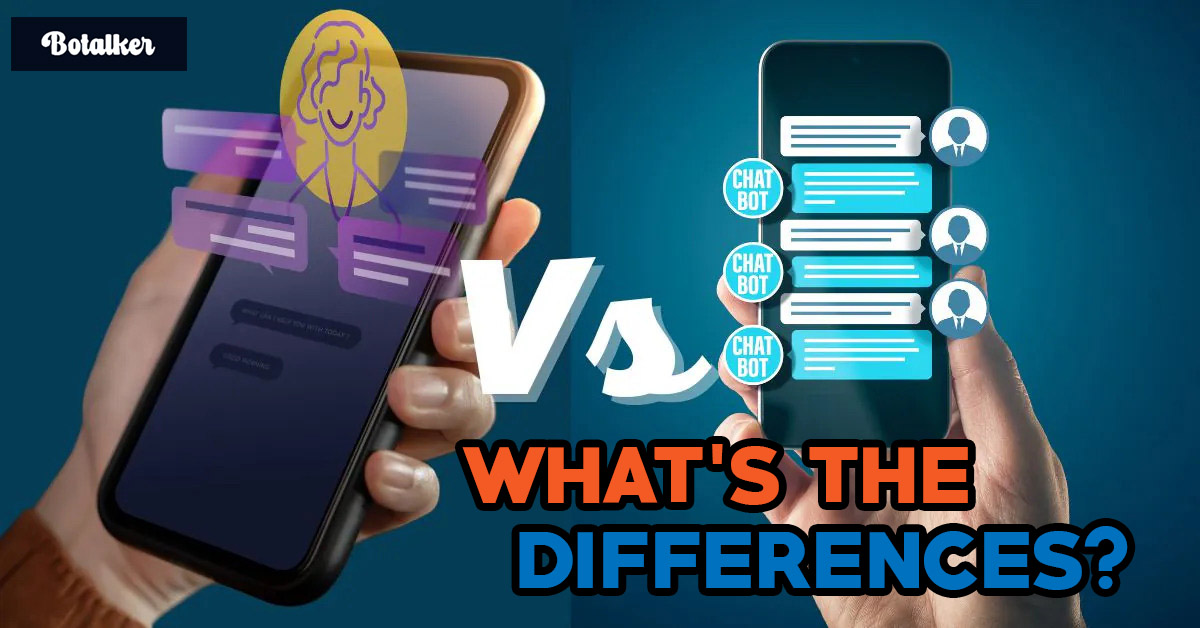Chatbots vs. Virtual Assistants? Do you want to learn more about it? If Yes, then continue reading!
The words chatbot and virtual assistant are often used synonymously in artificial intelligence, but they have different meanings. Virtual assistant chatbots sometimes appear instead of chatbots or virtual assistants. B2B/B2C businesses can easily build chatbots with a variety of easy-to-use tools. These technologies differ in their characteristics, so it is important to understand this.
There is a critical difference between chatbots and virtual assistants like Alexa, Cortana, and Siri. Chatbots are server- or company-oriented, whereas virtual assistants are user-oriented. Our focus here will be on the differences between virtual assistants and chatbots, as well as the similarities.
What are Chatbots?
Automated chatbots provide text-based or audio-based communication between humans and computers. Customer service programs generally benefit from AI-powered software. The use of chatbots in customer service is crucial, as they serve as a tool for acquiring information. They can use chatbots to ask questions about a product, get product information, or schedule appointments with product managers.
What Is A Virtual Assistant?
Using a virtual assistant, we can perform simple daily tasks with the help of a software-based agent. As a means of checking bookings, setting alarms, making calls, typing messages, automating workflows, scheduling appointments, giving reminders, and obtaining directions, they operate similarly to personal assistants. With human-sounding support, they provide personalized assistance. Apple Siri, Microsoft Cortana, Amazon Alexa, and Google Assistant are some of the most popular personal assistants. There are features in Alexa that make it possible to develop voice-activated chatbots.
Chatbots vs. Virtual Assistants: How Do They Differ?
- Human emotions are not understood by chatbots. They answer our questions accurately, but they do not understand our moods or emotions, and therefore can’t respond appropriately. In contrast, virtual assistants can analyze natural language complexly thanks to advanced natural language processing. Thus, virtual assistants offer better efficiency and accuracy by interacting with users more like humans. Artificial intelligence is now allowing chatbots to gauge human sentiments using AI emotional intelligence.
- Keeping the conversational flow is another significant difference. A chatbot cannot remember the context of an interaction if you interrupt it in the middle. Additionally, virtual assistants can enhance human-to-human communication by using dynamic conversation flow techniques.
Faqs
Question 1: How do virtual assistants and chatbots differ?
Answer: Design and purpose differentiate chatbots from virtual assistants. Chatbots are typically more specific in their offerings as opposed to virtual assistants, which can handle a variety of requests. In both cases, personal assistance is provided more efficiently.
Final Thoughts
Virtual assistants and chatbots both hold tremendous potential for revolutionizing business. You should determine which applications of these AI applications are most appropriate for your business. Moreover, i hope after reading our article which is about Chatbots vs. Virtual Assistants and all differences, you all confusion got cleared. If you still have any issues, then you can ask in the comment section. Thank You!
